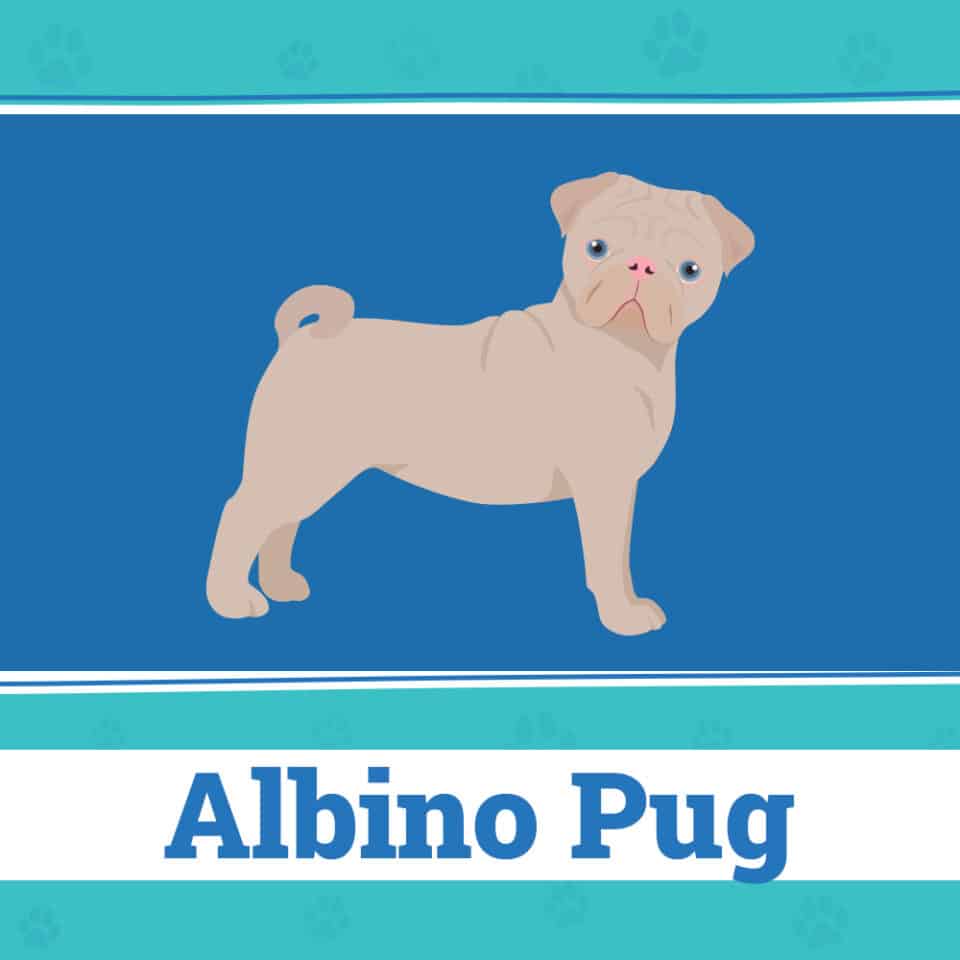Ever seen a white pug and wondered if it’s an albino or leucistic? Get to know these rare beauties!
- Learn what makes white pugs so special, and unravel the genetic mysteries behind their unique coats.
- Explore the advantages and challenges of having a white pug as a furry companion.
- Understand the care requirements essential for keeping your white pug healthy and happy.
- Dive into the differences between albinism and leucism to better appreciate these precious pups.
If you’ve ever stumbled upon a white pug, you might wonder whether it’s albino or leucistic. These pups are incredibly rare, sparking curiosity wherever they go. The first thing to know is the difference between albinism and leucism. Albinism is a genetic mutation that results in no melanin production, affecting skin, hair, and even eyes. It requires both parents to carry the recessive gene, even if they aren’t albinos themselves. One fascinating quirk is that the same mutation doesn’t necessarily affect all albino dogs in the same way, meaning a pug’s genetic makeup might not match other albino breeds.
On the flip side, leucism is a little different. It involves a general pigment reduction, not just melanin, leading to muted colors that can vary significantly between pups of the same litter. It’s also a genetic trait that can skip generations, making some white pugs a bit of a genetic surprise. This mix-up often leads to leucistic dogs being mislabeled as albino, but the distinction is important.
Owning a white pug has its charm, largely due to its rarity. These dogs are often the result of a genetic mutation or a mixed breed lineage involving a white parent. While they are eye-catching, this uniqueness isn’t necessarily an advantage, considering the health implications tied to their pigmentation.
Health is the tricky part. Albino pugs, with their complete lack of melanin, face unique challenges. They’re highly sensitive to sunlight, which increases their risk of skin cancer and requires diligent sun protection. Without the protective pigment in their eyes, these dogs might need sunglasses to shield them from harsh UV rays.
If your pug is either albino or leucistic, sun protection is non-negotiable. When outside, they’ll need sunscreen or protective clothing to prevent burns and cancer risks. Some owners opt for nighttime or early morning outings to dodge the harmful rays altogether. Dog-friendly sunglasses can also be a smart investment for their sensitive eyes.
And hey, have you heard of vitiligo? That’s another skin condition to keep on your radar. It causes depigmentation, leaving dogs with white patches on their skin and fur. It’s rare, but worth knowing about if your pug starts showing these signs.
And if you’re curious about the eye color of albino dogs, here’s the scoop: they don’t actually have red eyes, though it might seem that way. It’s the reflection of blood vessels, especially when a light hits their unpigmented eyes. Typically, an albino pug will sport blue eyes and a pinkish hue around them.
Understanding the unique traits of white pugs, from genetic mysteries to care needs, makes them even more lovable.










